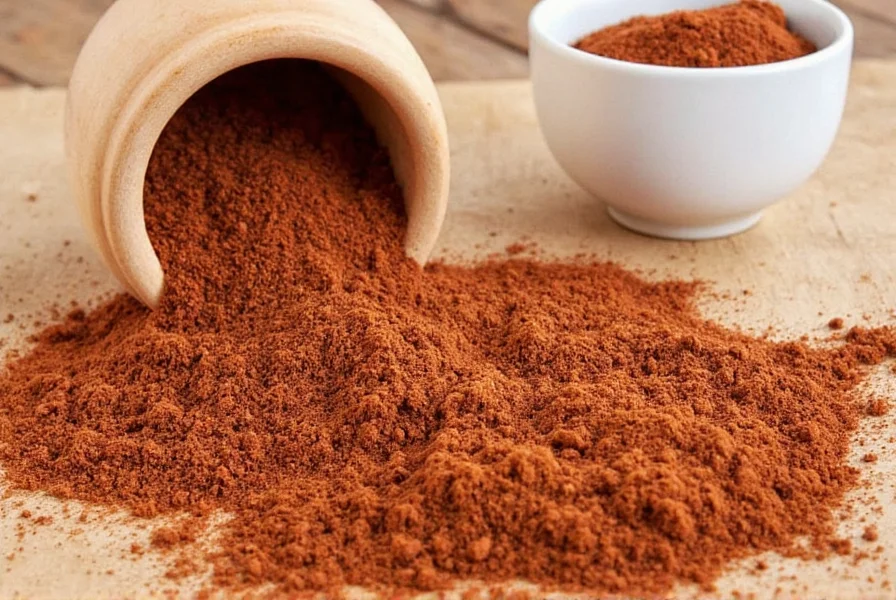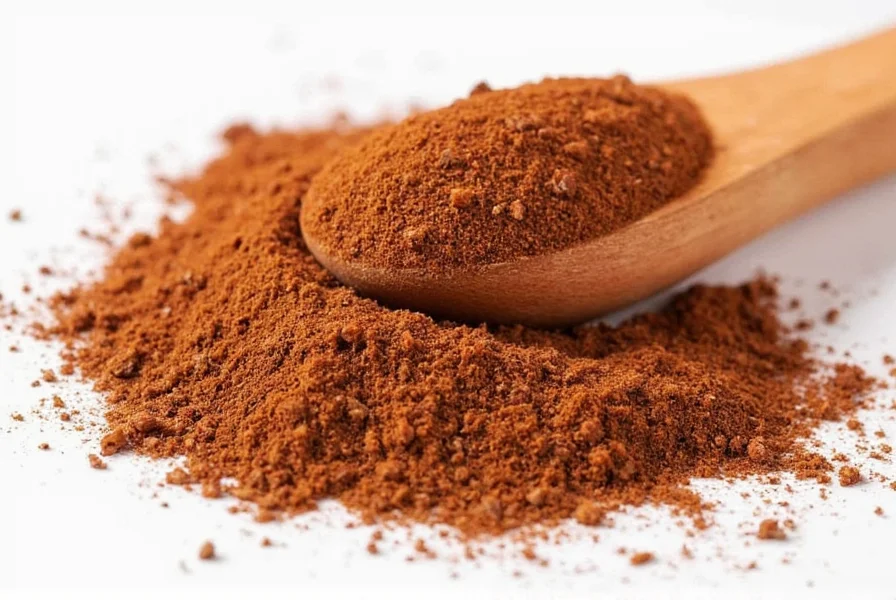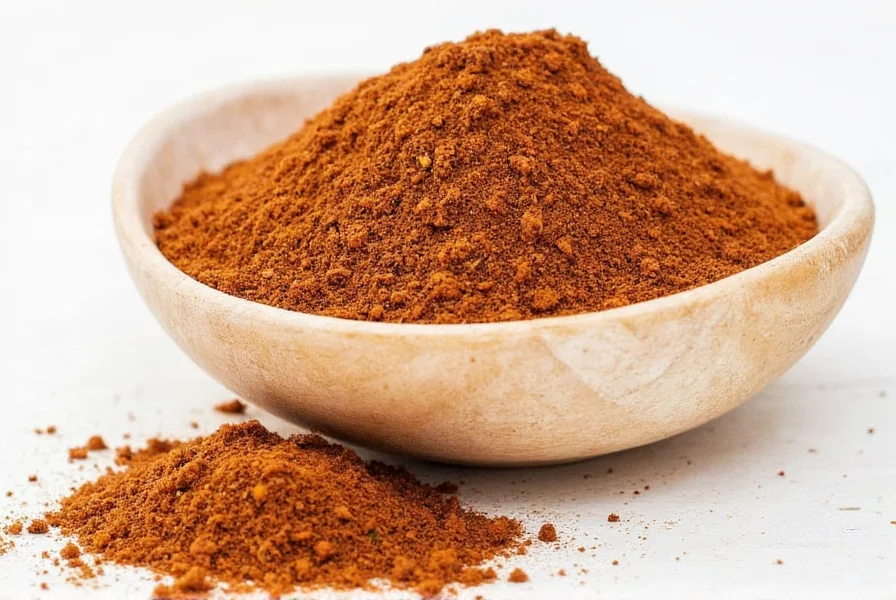When you're in the middle of cooking and realize you've run out of allspice, knowing reliable allspice replacement options can save your recipe. Allspice, despite its name, isn't a blend but a single berry from the Pimenta dioica plant that naturally combines flavors reminiscent of cinnamon, nutmeg, and cloves. Understanding this unique flavor profile is key to finding the perfect allspice alternative when you need a quick spice cabinet solution.
What Makes Allspice Unique
Allspice earned its name because early English explorers thought it tasted like a combination of multiple spices. The dried berries contain compounds that create warm, sweet, and slightly peppery notes similar to cinnamon, nutmeg, and cloves. This distinctive flavor profile makes it essential in Caribbean jerk seasoning, pumpkin pie spice, and many holiday recipes. When seeking an allspice substitute for baking or savory dishes, you need to replicate this complex flavor balance.
Top Allspice Substitutes and Their Ratios
Not all allspice replacements work equally well in every recipe. The best substitute depends on whether you're making sweet or savory dishes, and which spices you have readily available in your kitchen. Here's a comprehensive comparison of the most effective allspice alternatives:
| Substitute | Ratio (per 1 tsp allspice) | Best For | Flavor Accuracy | Limitations |
|---|---|---|---|---|
| Cinnamon + Nutmeg + Cloves | ½ tsp cinnamon + ¼ tsp nutmeg + ¼ tsp cloves | All recipes | 95% | Slightly more pronounced individual flavors |
| Pumpkin Pie Spice | 1 tsp | Baking, desserts | 90% | May contain ginger which alters flavor |
| Cinnamon Only | ¾ tsp | Sweet recipes | 70% | Lacks complexity and warmth |
| Cloves Only | ⅛ tsp | Ham glazes, hearty stews | 65% | Overpowering if used in excess |
| Garam Masala | ¾ tsp | Savory dishes | 80% | Contains additional spices like cardamom |
Detailed Allspice Replacement Options
1. The Classic Three-Spice Blend (Best Overall Substitute)
This homemade allspice substitute ratio delivers the most authentic flavor replication. Combine ½ teaspoon ground cinnamon, ¼ teaspoon ground nutmeg, and ¼ teaspoon ground cloves for every teaspoon of allspice required in your recipe. For the best results when creating this allspice alternative, use freshly ground spices rather than pre-ground versions. This combination works exceptionally well as an allspice substitute for baking pumpkin pies, apple crisps, and other fall desserts where the complex spice profile matters most.

2. Pumpkin Pie Spice (Best Pantry-Friendly Option)
If you already have pumpkin pie spice in your spice collection, this is the quickest allspice replacement solution. Use a 1:1 ratio (1 teaspoon pumpkin pie spice for 1 teaspoon allspice). Most commercial pumpkin pie spice blends contain approximately 50% cinnamon, 25% ginger, 15% nutmeg, and 10% allspice or cloves. While this works well for sweet recipes, it may add unwanted ginger notes to savory dishes like jerk chicken or beef stew.
3. Cinnamon (Simplest Single-Spice Alternative)
When you need a quick fix and only have cinnamon available, use ¾ teaspoon of cinnamon for every teaspoon of allspice required. This works acceptably in sweet applications like spice cakes or oatmeal cookies but lacks the depth needed for authentic Caribbean or Middle Eastern recipes. This cinnamon substitute for allspice won't provide the same complexity but maintains the warm, sweet notes.
Recipe-Specific Substitution Guidance
For Baking and Desserts
When substituting allspice in sweet recipes like pumpkin pie, gingerbread, or spiced cookies, the three-spice blend is ideal. For recipes calling for 1 teaspoon of allspice, use ½ teaspoon cinnamon, ¼ teaspoon nutmeg, and ¼ teaspoon cloves. If making holiday baking and you need an allspice replacement that's already blended, pumpkin pie spice works at a 1:1 ratio, though you may want to reduce other spices in the recipe slightly.
For Savory Dishes
In jerk seasoning, meat rubs, or hearty stews, the three-spice blend remains the superior choice. However, for dishes where allspice plays a supporting role rather than a starring one, garam masala can work as an unexpected but effective allspice alternative. Use ¾ teaspoon garam masala per teaspoon of allspice required. This works particularly well in Middle Eastern or Indian-inspired dishes where the additional spices in garam masala complement rather than conflict with the recipe.

Common Substitution Mistakes to Avoid
Many home cooks make critical errors when substituting allspice that can ruin their dishes. First, don't use equal parts of each spice in your blend—cinnamon should dominate the mixture. Second, avoid using pre-mixed "allspice substitute" blends from stores, as they often contain incorrect ratios. Third, never substitute whole spices with the same measurements as ground—they're more potent. Finally, when using cloves as part of your allspice replacement, remember they're significantly stronger than allspice, so use them sparingly to avoid overpowering your dish.
Creating Your Own Allspice Blend for Future Use
Once you've discovered the perfect allspice substitute ratio for your cooking style, consider making a larger batch to keep in your spice cabinet. Combine 4 parts cinnamon, 2 parts nutmeg, and 2 parts cloves in a small airtight container. This custom blend serves as an excellent allspice alternative that's tailored to your taste preferences. Label the container clearly and store it in a cool, dark place where it will maintain freshness for up to six months—much longer than store-bought allspice which loses potency quickly.
FAQs About Allspice Substitutes
Can I use five spice powder as an allspice substitute?
Five spice powder makes a moderate allspice replacement in savory dishes at a 1:1 ratio, but it contains star anise and fennel which create a noticeably different flavor profile. It works better in meat dishes than baking, as the licorice notes complement savory applications but clash with sweet recipes.
How does allspice substitute affect baking time or texture?
Properly measured allspice substitutes won't affect baking time or texture, as spices are used in small quantities that don't alter the chemical structure of baked goods. However, using excessive amounts of substitute (especially clove-heavy blends) can sometimes cause premature browning due to increased sugar content in some spice blends.
What's the best allspice substitute for someone with a nut allergy?
For those with nut allergies, use a blend of ¾ teaspoon cinnamon and ⅛ teaspoon each of ground cloves and allspice berries (if tolerated), or simply increase the cinnamon to 1 teaspoon with a tiny pinch of cloves. Note that true nutmeg comes from a seed, not a nut, but some allergy sufferers avoid it anyway—check with your allergist first.
Can I substitute allspice with individual whole spices instead of ground?
Yes, but use half the amount since whole spices are more potent. For 1 teaspoon ground allspice, use ¼ teaspoon whole cinnamon sticks, 1 whole nutmeg seed (grated), and 2 whole cloves. Remember to remove whole spices before serving, and note that whole spices take longer to release flavors, so add them earlier in the cooking process.
Why does my allspice substitute taste different than real allspice even with the correct ratio?
Store-bought ground spices lose potency faster than whole spices. If your substitute tastes weak, your spices may be stale. Freshly grind whole cinnamon sticks, nutmeg, and cloves for the most authentic flavor. Also, allspice contains eugenol (like cloves) and cinnamaldehyde (like cinnamon) in specific proportions that are hard to perfectly replicate with separate spices.











 浙公网安备
33010002000092号
浙公网安备
33010002000092号 浙B2-20120091-4
浙B2-20120091-4